The following are some articles we have provided to help you get better acquainted with Radio Control Hobbies.
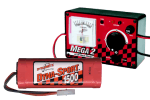 Charging Systems
Charging Systems
With the evolution of rechargeable batteries and the increasing popularity of electric flight, knowing the ins and outs of battery chargers is becoming more and more important.
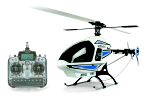 Cyclic/Collective Pitch Mixing
Cyclic/Collective Pitch Mixing
CCPM is a major step in helicopter technology. Utilizing the power of your computer transmitter you can reduce the amount of linkage and increase the precision!
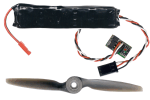 Electric Flight Motor Controllers
Electric Flight Motor Controllers
Again, advancements in technology bring wonderful possiblities to electric flight. Learn what to look for in your next electronic motor controller.
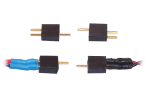 Electric Wiring for Small Motor Systems
Electric Wiring for Small Motor Systems
This is a how-to article for connecting your speed control to battery and motor for systems up to 5 Amp capacity.
 Engine Care and Maintenance
Engine Care and Maintenance
Taking care of your model engines, whether they are two or four strokes, is the easiest way to ensure a long enjoyable operating lifespan for them. Here we give you a few tips on just how to keep your little gem performing.
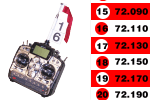 Frequencies for Model Use in Canada
Frequencies for Model Use in Canada
This is a chart of all channels and frequencies used for model control in Canada.
 Fuel, Ask the Experts
Fuel, Ask the Experts
A reprint of an article from Horizon's Ask the Experts column of Product Focus publication, May, 1996. Expert advice on model engine fuel provided by Don Nix of Powermaster.
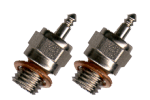 Glow Plug Problems
Glow Plug Problems
The nice people at Fox have graciously permitted us to reprint the following article from their Catalog. Perhaps it will help you if you are having problems with failing glow plugs.
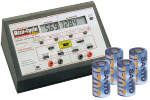 Introduction to Batteries
Introduction to Batteries
Rechargeable batteries are becoming an increasingly more important part of the Radio Control world. Understanding and maintaining them properly can save your model and save you money.
 NiCd Battery Seminar
NiCd Battery Seminar
A wonderful article with a great deal of insight into NiCds from Red Scholefield, a long-time professional in the battery industry.
 Radio Interference
Radio Interference
An article by Max Feil which explains the issues involved in trying to minimize both radio frequency congestion and interference problems.

